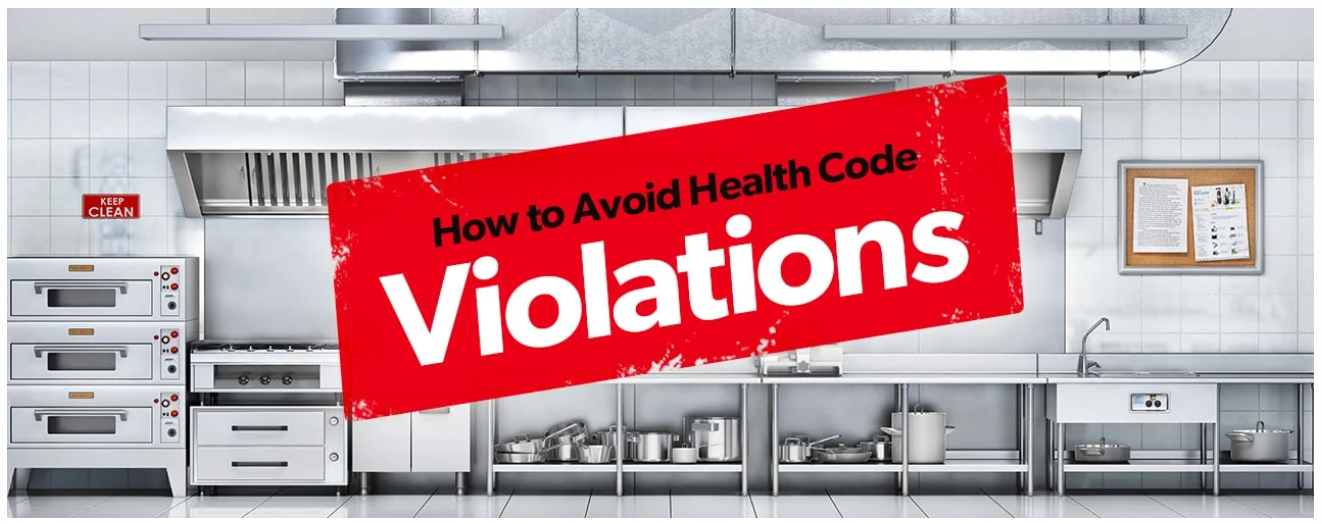A recent TouchBistro survey of over 500 people found that around 70% of diners avoid restaurants with health code violations. However, due to the COVID-19 pandemic, more customers are even more aware of restaurant sanitation and hygiene practices. Below are a few ways to prevent health code violations in your restaurant, from cross-contamination to adding a self-service kiosk to your restaurant.
Avoid Chemical Violations
As a restaurant, it’s important to properly sanitize surfaces and ensure customers don’t consume particles of the chemicals you use. To do this, store chemicals and cleaning supplies in designated locations away from food. You also need to train your staff and do routine walk-throughs to ensure the staff follows procedures.
Avoid Cross-Contamination
Cross-contamination is a health code violation that spreads E. coli, salmonella, and other illnesses. Don’t use the same surface or utensil that touched raw food to touch cooked food or produce to avoid cross-contamination. Instead, use different utensils for produce, cooked, and raw food, and wash and sanitize them.
Follow Food Storage Rules
Proper food storage plays a crucial role in preventing foodborne illnesses in restaurants and homes.
From the highest place in the fridge to the lowest:
- Place cooked vegetables below raw vegetables.
- Place meat under vegetables, but fish and shellfish go below the meat.
- Raw meat goes underneath cooked meat. Fish and shellfish go above beef, pork, lamb, and veal, then ground meat and poultry.
Personal Hygiene
Employees need to follow proper handwashing procedures by using hot water, antibacterial soap, and scrubbing for at least 20 seconds, equivalent to singing the happy birthday song twice. They need to wash up to their elbows and under their nails. Washing hands after using the restroom is a given, but if somebody wonders if they need to, they need to.
They should also wear hairnets, keep their hair away from their face, and wear beard nets if they have facial hair. Staff should also remain home if they are sick as they can spread illnesses to other employees and guests.
Remain Within Capacity
During the pandemic, which is still in progress, restaurants are open as long as they operate at a reduced capacity. While this helps with social distancing, it’s problematic for restaurants. This is where a self-service kiosk for restaurants comes into play. With a self-service kiosk, you can worry less about having reduced seating capacity at your restaurant as a self-service kiosk reduces waiting time and boosts revenue.
With GRUBBRR, the customer sees a picture of what they’re ordering and can pay at the kiosk. When the staff finishes preparing the person’s food, the customer has already ordered and paid, reducing the amount of time they spend in the restaurant.
Avoiding health code violations means that more diners will frequent your restaurant and that your staff stays healthy. Maintaining your restaurant’s HVAC system and providing proper ventilation also helps to ensure air circulation. Brush up on your local health codes and conduct unofficial inspections to avoid health code violations to ensure your business lasts, especially when it comes to a self-service kiosk for restaurants to counteract reduced seating capacity.





